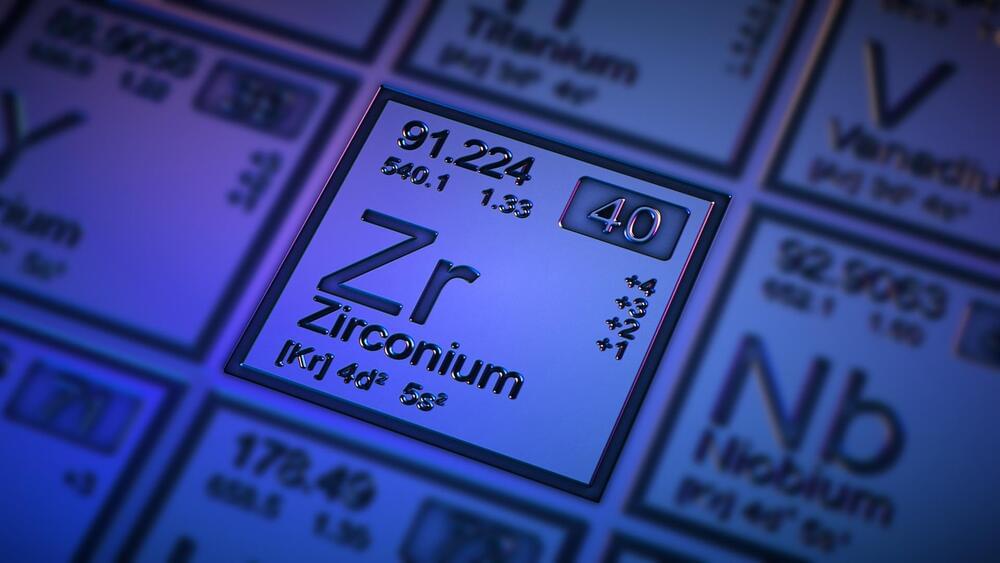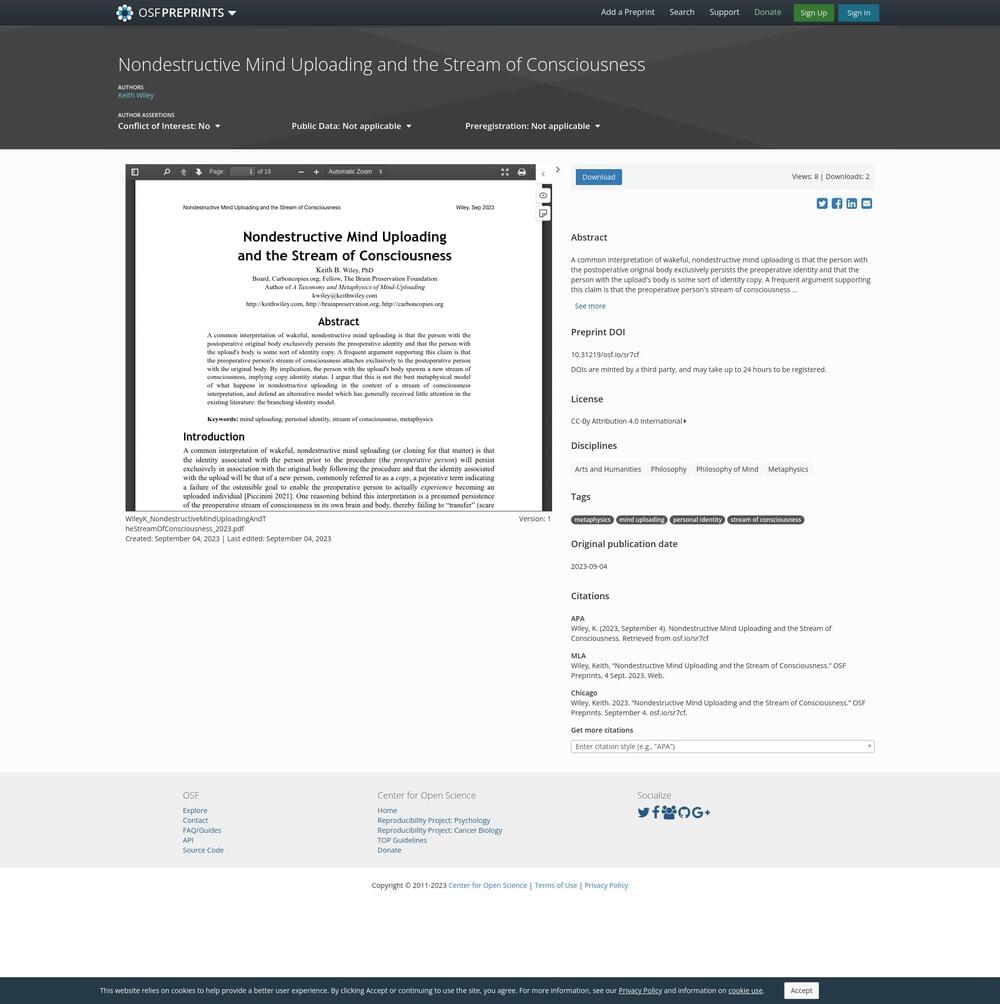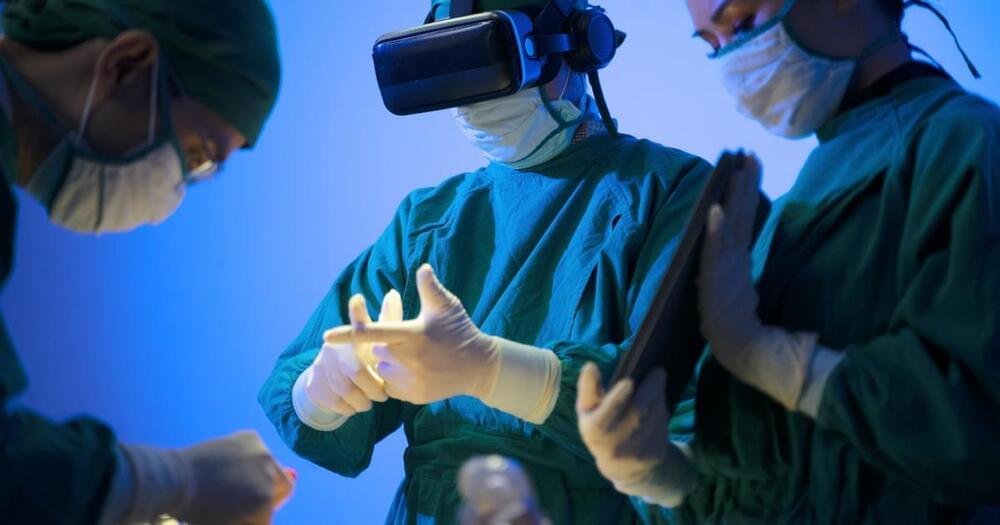Zirconium, the metal extracted from the mineral, zircon, may not be well-known, but its remarkable properties make it indispensable in nuclear power, the chemical industry, medicine and more. Since ancient times, zircon — a word believed to have originated from the Persian zargun, meaning gold-like — has been used in jewellery and decorations.
The IAEA has released The Metallurgy of Zirconium, a three-volume publication offering a comprehensive overview of the metal, its extraction, properties and applications in nuclear energy. Here are five interesting facts about zirconium.






